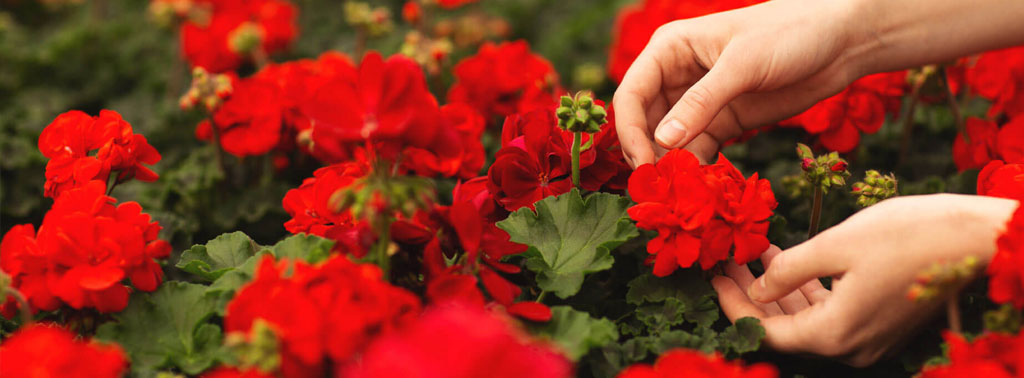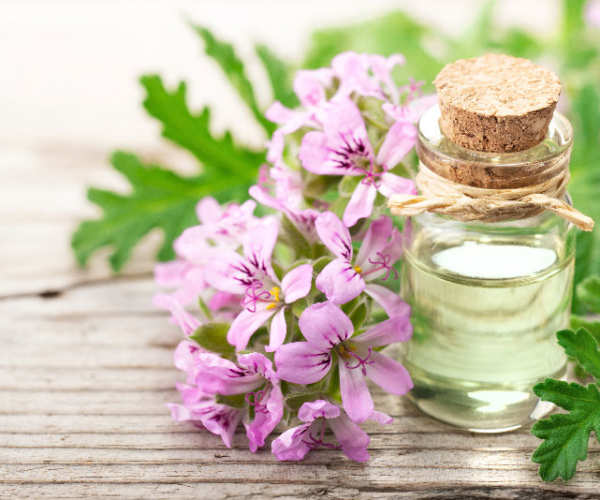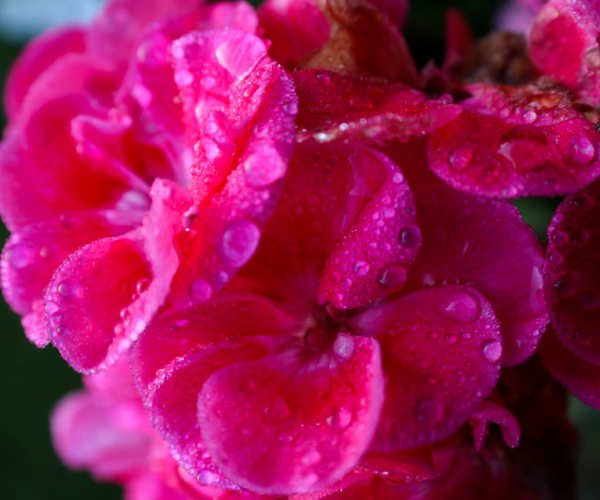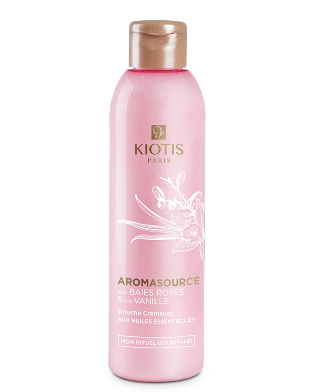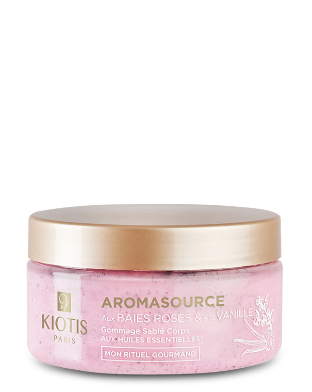Presentation

China

Round and fruity or lemongrass and volatile, with mentholated facets

Steam distillation
Benefits
Amincissant
Barrier function
Circulation - vascular tonicity
Cleansing
Protective
Purifying
Botany
Species of the genus Geranium are annual or perennial herbaceous plants and sometimes sub-shrubs.
The stipuled leaves are opposite or alternate; the leaf blade is palmed with divisions up to the middle of the blade (palmatifid) or almost up to the petiole (palmatized). Segments may be whole or lobed.
History
Born in South Africa, its international adventure most likely began in 1652 with the creation of a port of call at the Cape of Good Hope for Dutch sailors on their way to the East Indies.
In 1678, a Dutch botanist, Paul Hermann, picked a few stems and took them on board. Not only would they perfectly resist the crossing but when planted on arrival ten years later, in 1686, it was found that they had perfectly adapted to the Dutch climate.
They will therefore become the subject of intense curiosity among European enthusiasts who will flock to the botanical gardens of the city of Leiden.
Properties
Geranium Essential Oil is known for its tonic and astringent properties.
The Kiotis laboratory has shown, through in vitro scientific tests, that Geranium Essential Oil stimulates the production of the elements responsible for cohesion between cells.
This patented property reinforces the barrier function and protects & hydrates the skin.
This Essential Oil also has an impact on slimming and enhances microcirculation, which enables the supply of nutrients, water and oxygen necessary for the proper functioning of the skin, all whilst promoting the cleansing and removal of toxins.
Did you know?
The botanical name Geranium comes from the Greek geranos which means “crane” or “stork”, because its fruit resembles these birds’ beaks.
